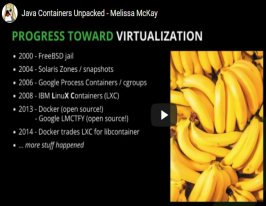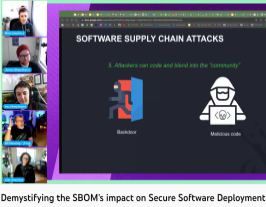Mutation Testing – Start Hunting the Bugs @ London Java Community Meetup
JFrog is a proud Community Sponsor for the London Java Commnity
July 12, 2022
< 1 min read
LJC: Start Hunting the Bugs – Mutation Testing with Sven Ruppert
JUnit is a well-known tool for java developers in the area of TDD. Here it has become accepted, that CodeCoverage can be measured. In this case we distinguish between coverage on the level of classes, methods and rows. The goal is to get the CodeCoverage as high as possible on the row level, but not higher than necessary. What exactly does it mean? A CodeCoverage of appr. 75% on the row level is very good and can already provide a basis. But what does this figure say?
In this talk we will deal with the term Mutation Testing and show the practical ways of use. How can the coverage be defined and what can be achieved? How can it be integrated into an existing project and what should be considered while running a test? Can we use it for UI´s?






